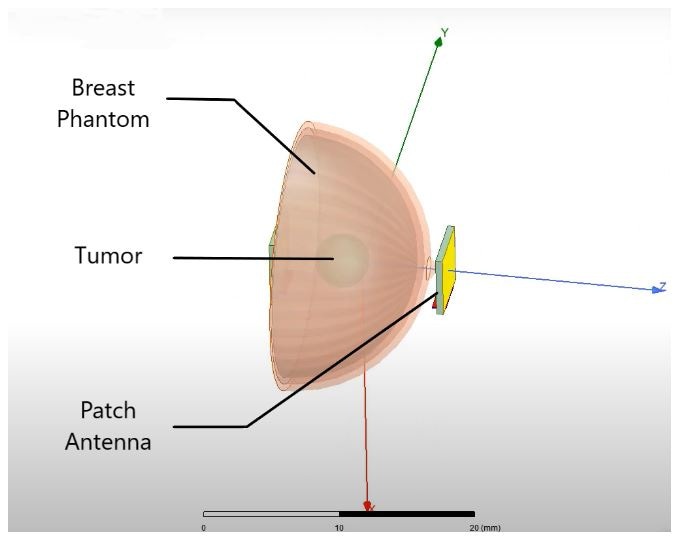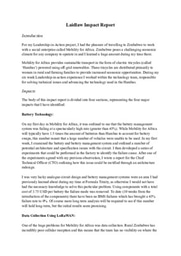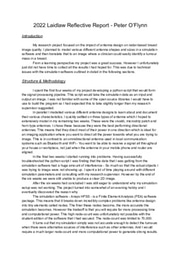Summer 1 Blog: That doesn't look right
Starting my project in mid-May I was well aware that my entire plan was going to be turned upside-down, vigorously shaken and prove to be entirely useless by the second week. And while I don't see planning as futile (I'm a true believer in the Eisenhower quote: "Plans are useless, but planning is indispensable.") it is always slightly demoralising to see everything go up in smoke.
My Laidlaw research project held true to this informal law: By the third week I was still having trouble getting my simulation software to produce reliable and repeatable data - Something I was hoping to have ticked off by the second week at the latest. Luckily, my supervisor had experience with this particular software and was more than happy to meet with me a few times a week to review the data. In our sessions we would pour over the graphs I had produced the previous day. "Hmm, that doesn't look right." quickly became the trademark catchphrase of the discussions.
My project focuses on an emerging technology: Breast cancer screening with radar waves (Instead of X-Rays). The great thing about an emerging technology is how exciting it is: The chance to create something revolutionary, to help people. The downsides of an emerging technology is a list as long as my arm - No one knows if it's going to work. No one knows if it's going to be cost effective. And most importantly: No one knows if it's going to be safe. That last point was especially tricky since I had to convince people that the radar waves (Also known as microwaves) I was hoping to shoot at their chest in the future were not, in fact, just going to cook them like a Chicken & Mushroom Pot Noodle.
Luckily, even with my simulation problems I could still work on the other part of my project in parallel: Developing a program pipeline to take my simulation data and turn it into a lovely image that clearly showed the presence or absence of a tumour mass.
In the end I had written roughly two-thousand lines of code that could turn a set of microwave antenna measurements into a coherent image. However, my simulation problems only began to sort themselves out by the very end of the six weeks. As usual (To spare you the gory technical details) the problem was between the steering wheel and the seat. That being said, I still learned a huge amount over the course of my first summer despite the fact my contribution to the literature wasn't as great as I had hoped.




Please sign in
If you are a registered user on Laidlaw Scholars Network, please sign in